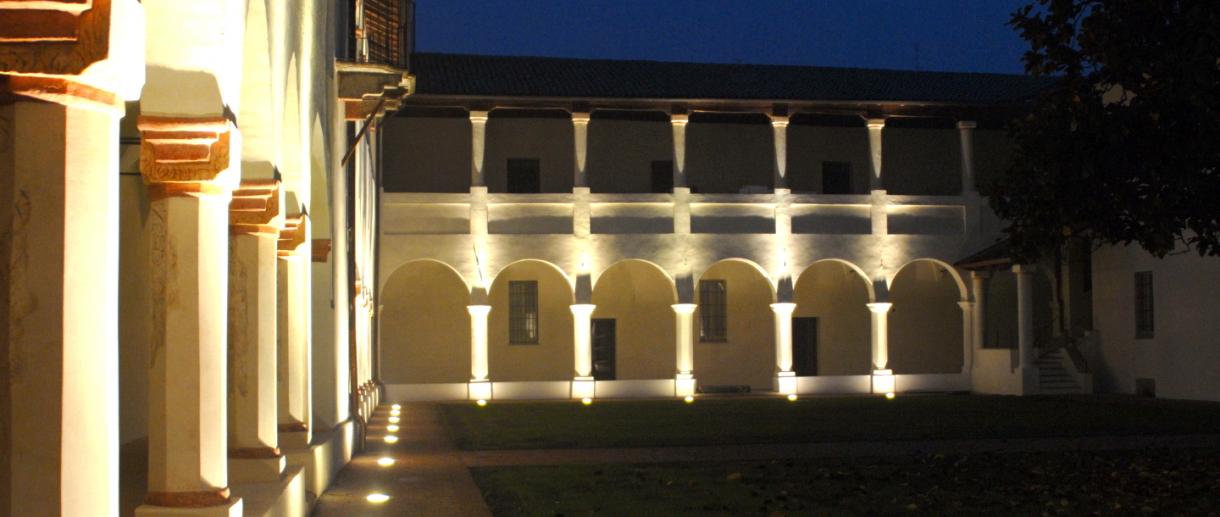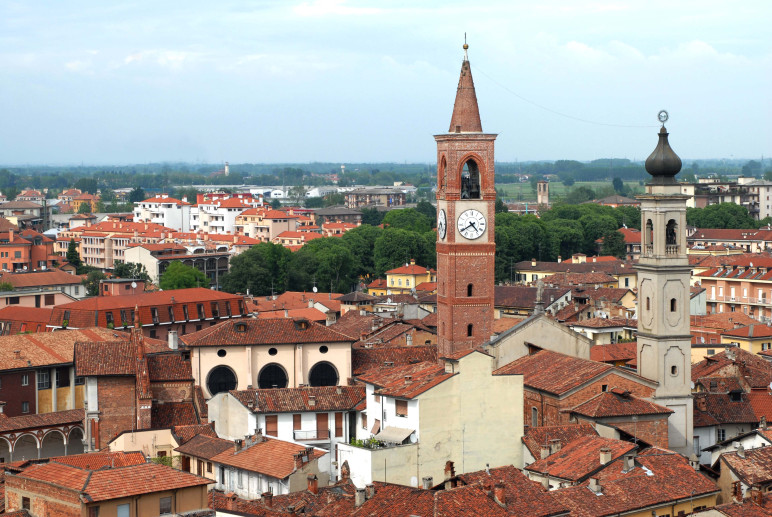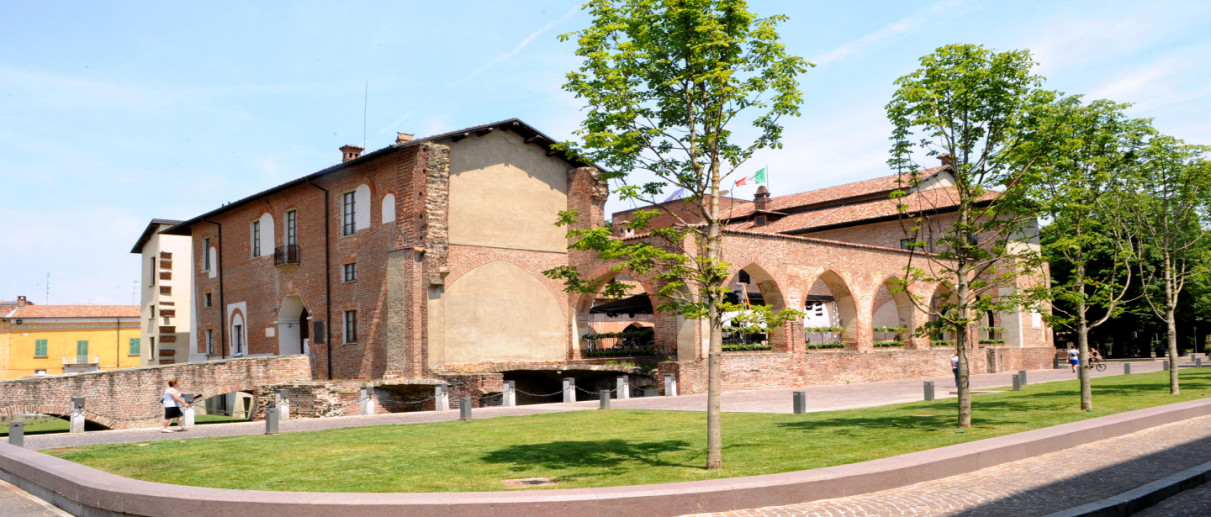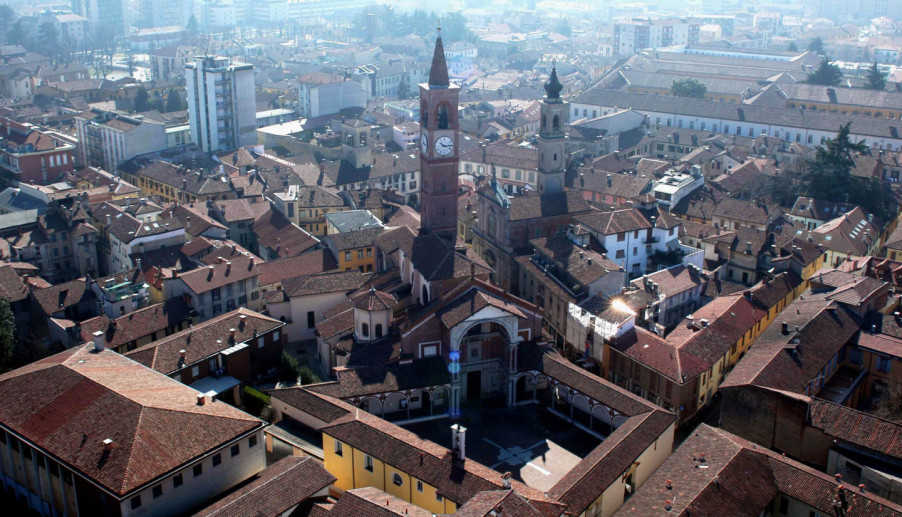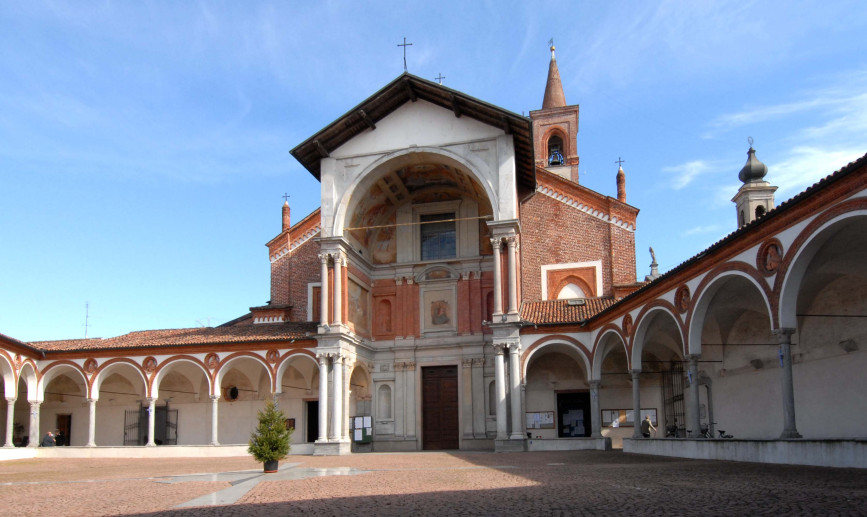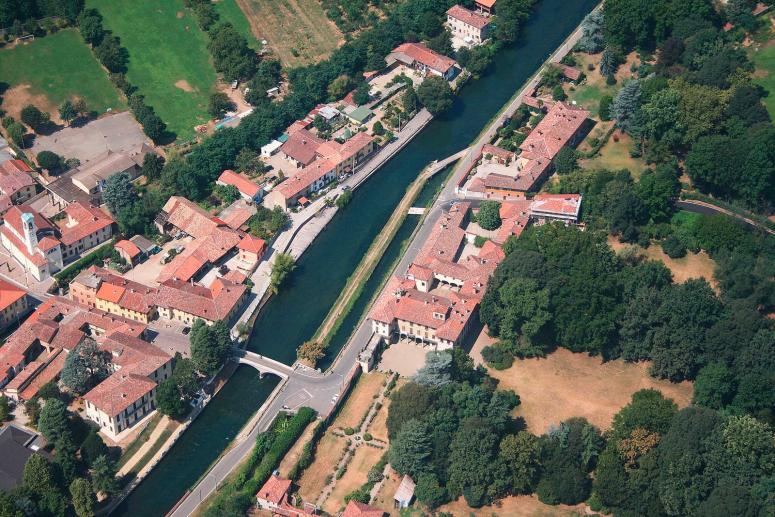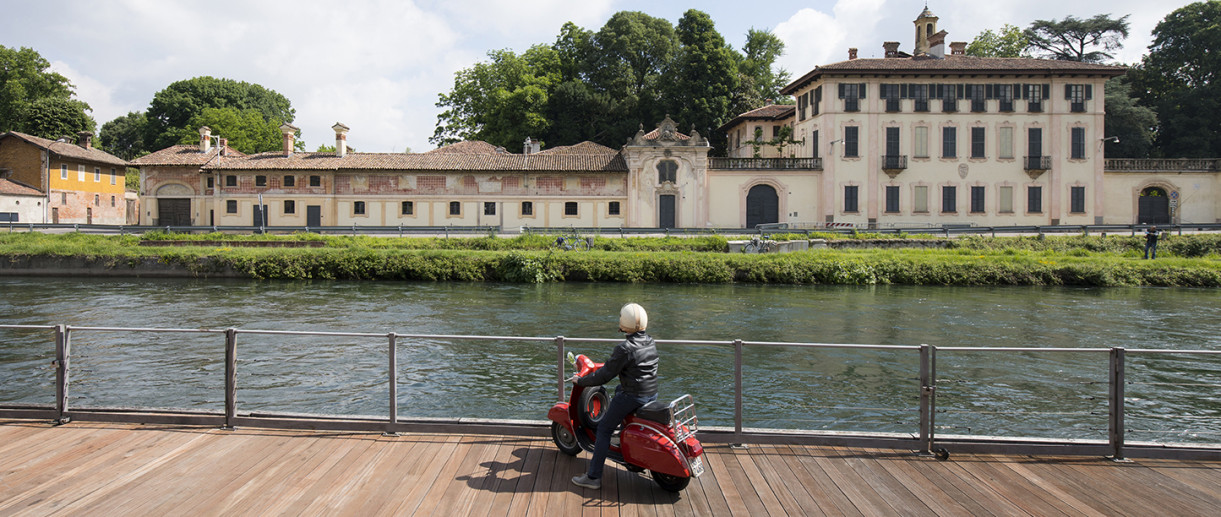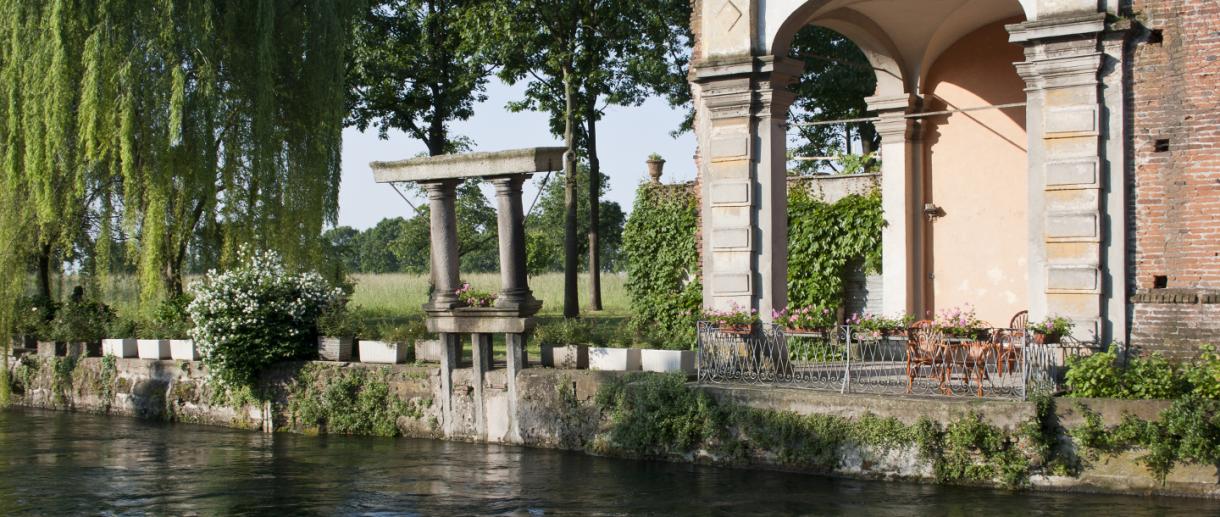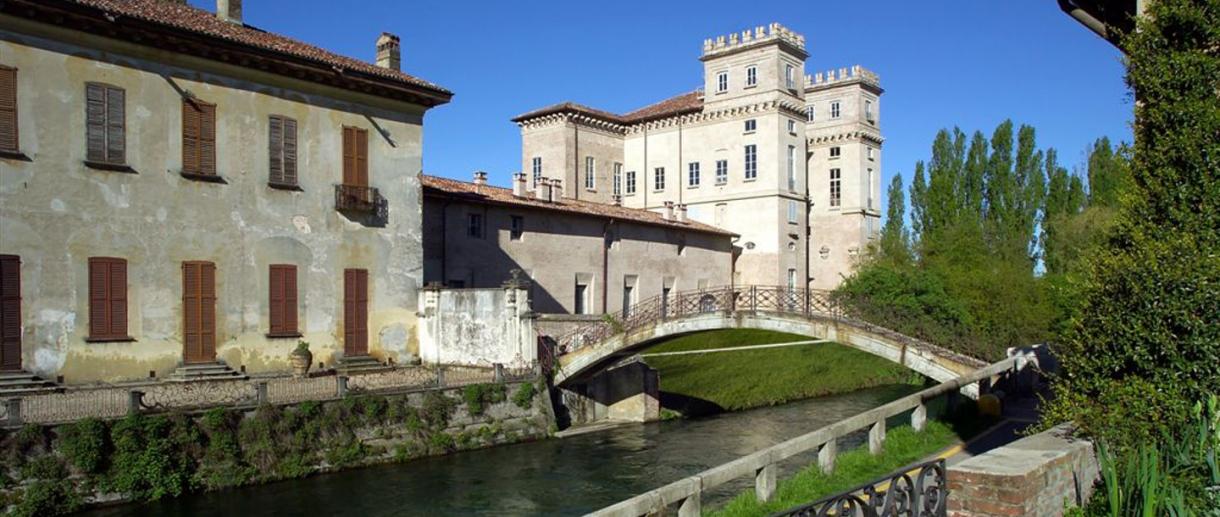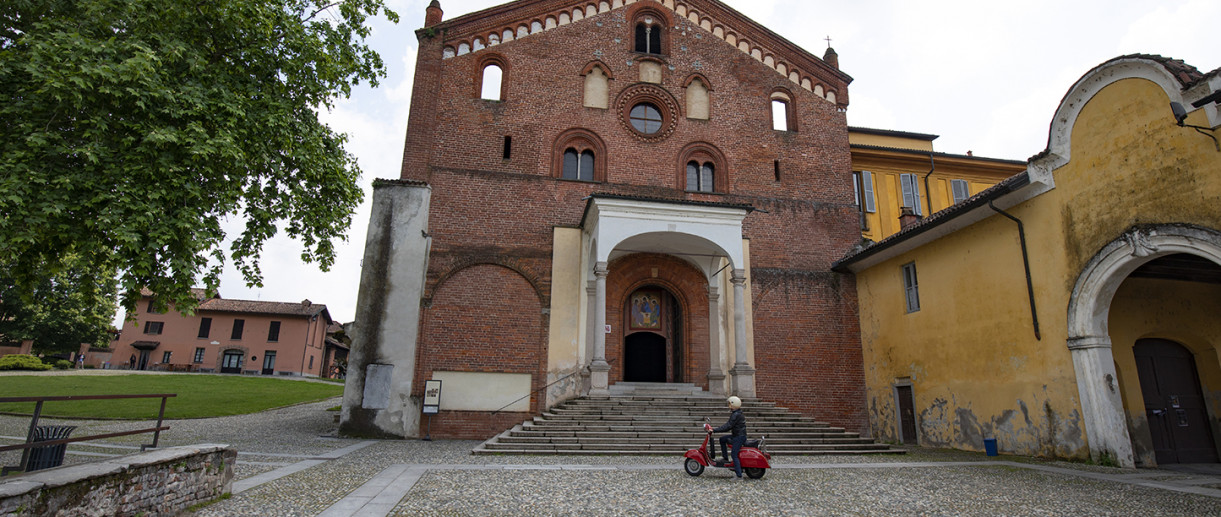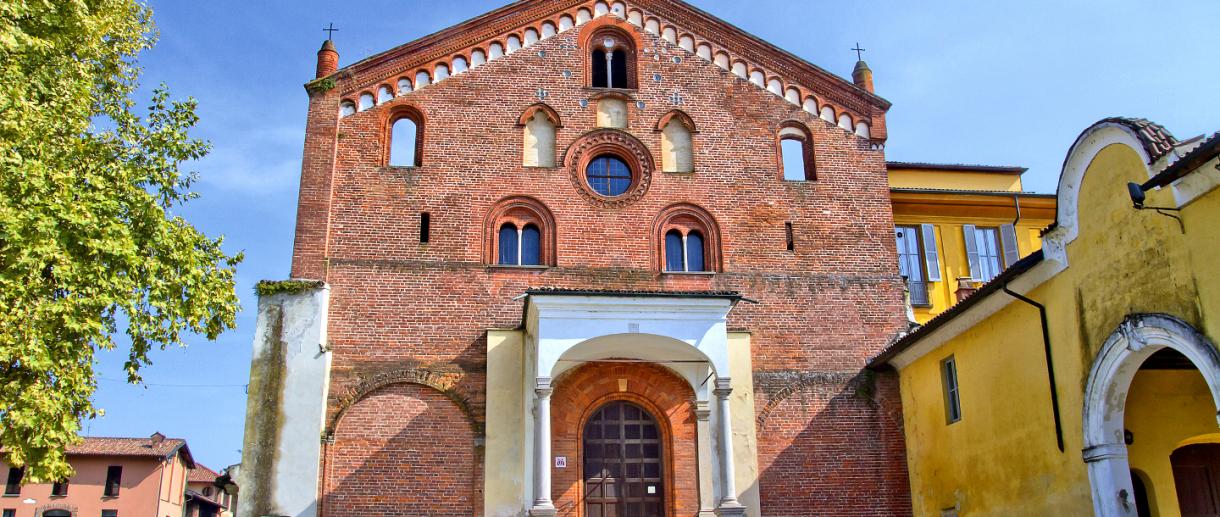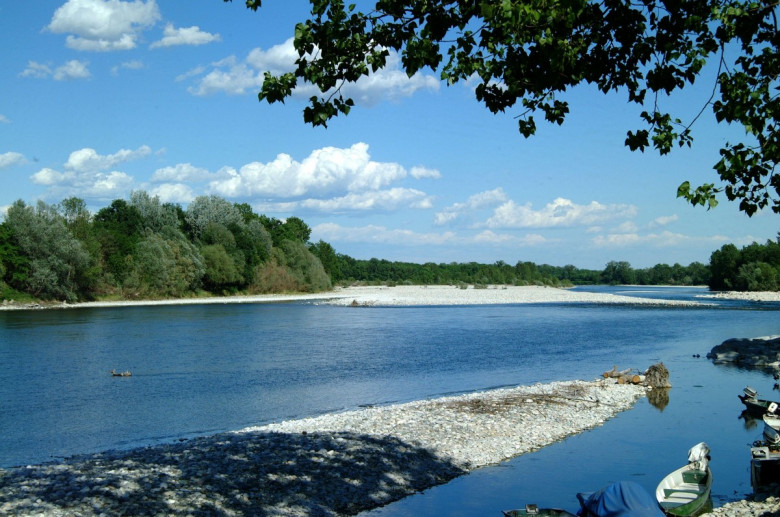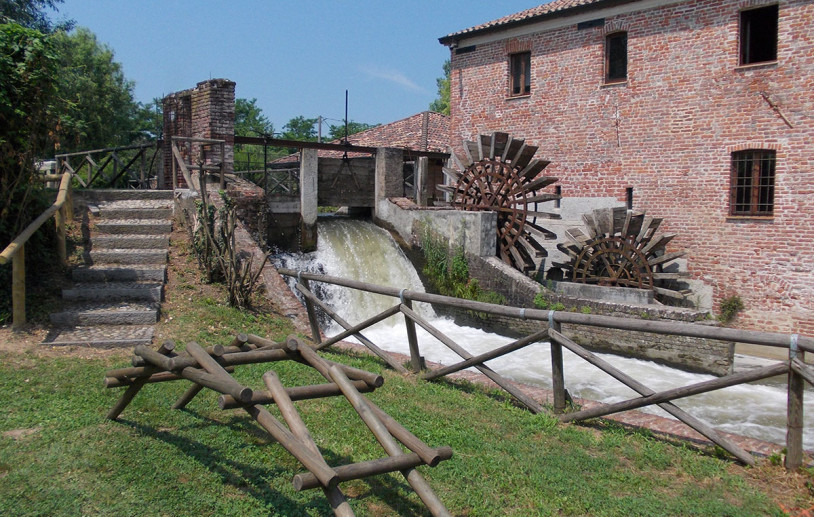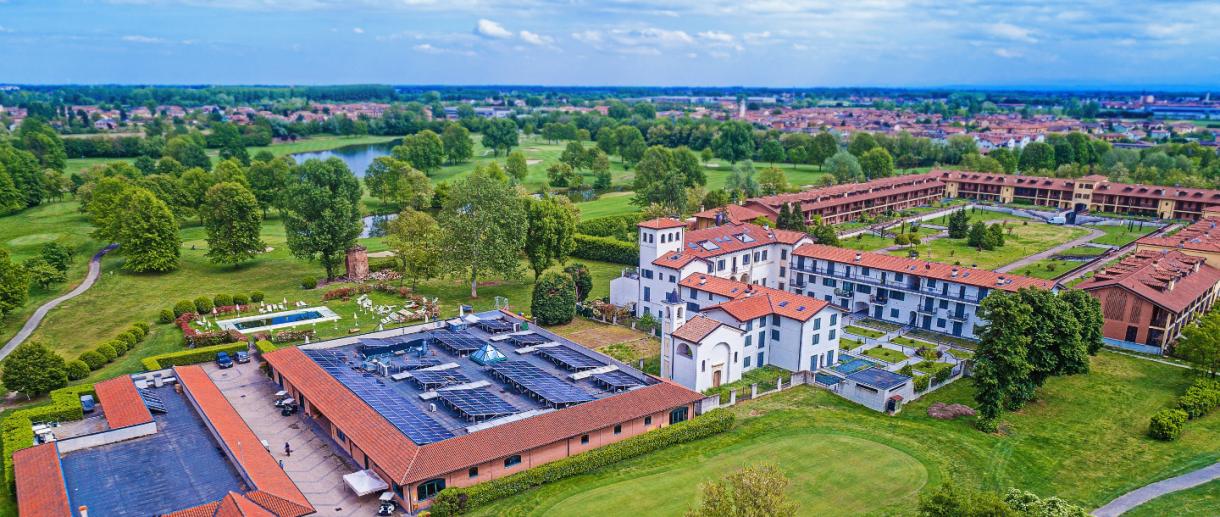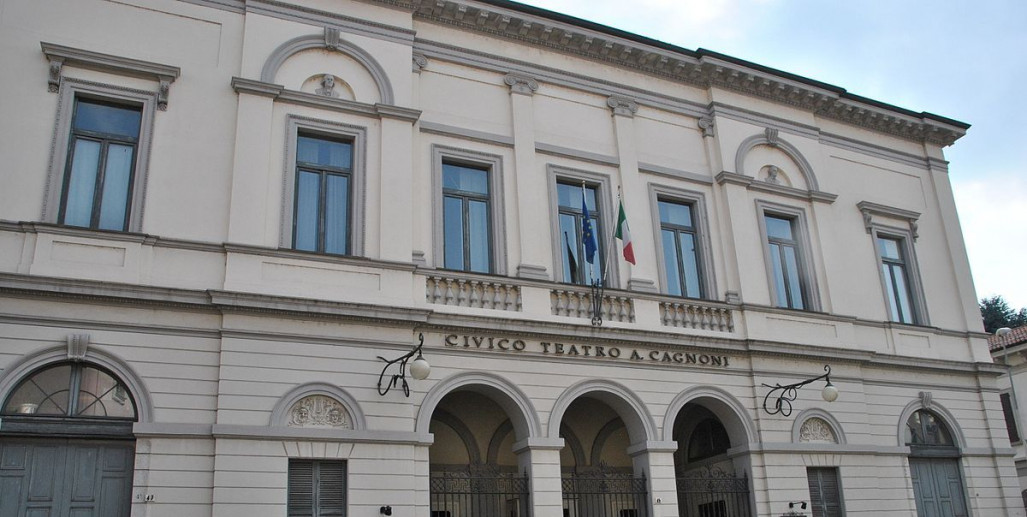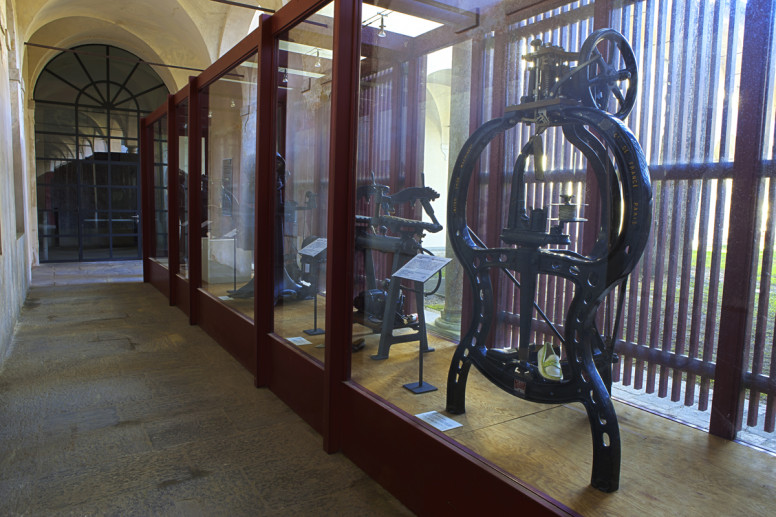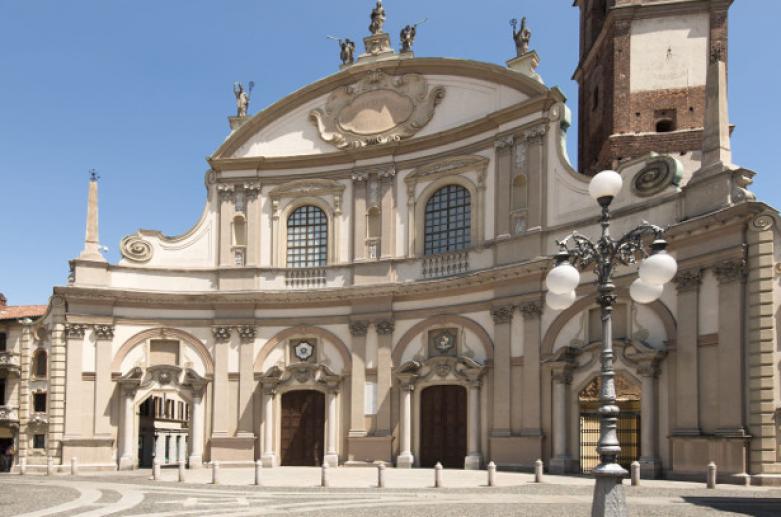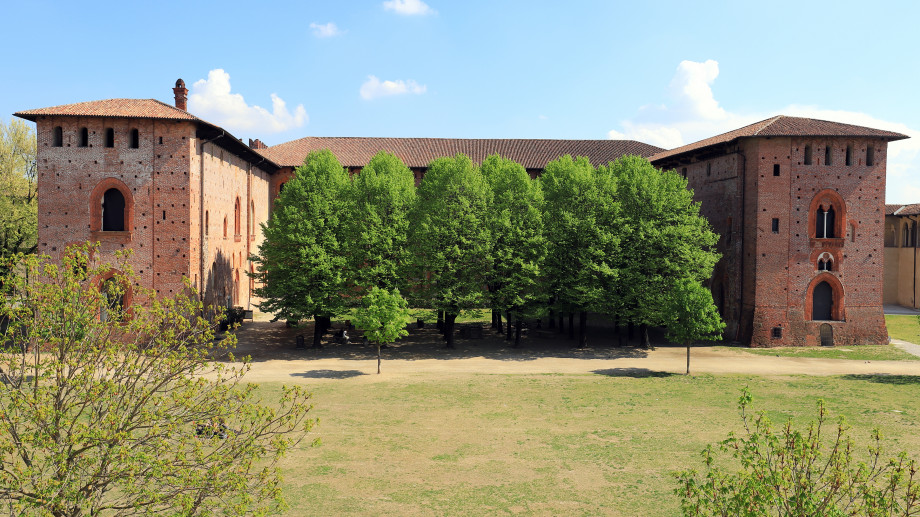- Navigli
Naviglio di Bereguardo
It begins at the Naviglio Grande, at Castelletto di Abbiategrasso, and reaches the River Ticino at the Bereguardo bridge.
The Naviglio di Bereguardo is one of the artificial canals originally intended as an inland waterway, constructed from the Low Middle Ages to the 19th century in the Milan hinterland.
The Naviglio di Bereguardo is 18.85 km long and has a drop of 24.76 m. A project of great technical complexity, it took twelve locks to cover such a short distance. The change in level of 24.76 m is mostly dealt with through the system of locks (20.67 m) and only a tiny part is due to the slope of the land (4.10 m).
The average distance between one lock and another is 1.7 km.
Identity card:
Year of birth: 1420
Length: 18.85 km
Start: Castelletto di Abbiategrasso
End: Bereguardo
History:
It begins at the Naviglio Grande, at Castelletto di Abbiategrasso, and reaches the River Ticino at the Bereguardo bridge. As far back as 1420, Filippo Maria Visconti, Duke of Milan, ordered work to begin on a waterway that could serve as a link between Pavia and Milan. It served to transport goods to the city and these arrived, via the River Po, from the Adriatic Sea and thus from Venice and the Orient.
The canal also served to transport what came from the Po Valley: cloths, spices, Murano glass, but also cereals, cheese and the precious commodity of salt.
After the Naviglio di Pavia was opened (1819) the troublesome Bereguardo was abandoned for navigation purposes and was relegated to the position of a peripheral waterway used primarily for irrigation.

